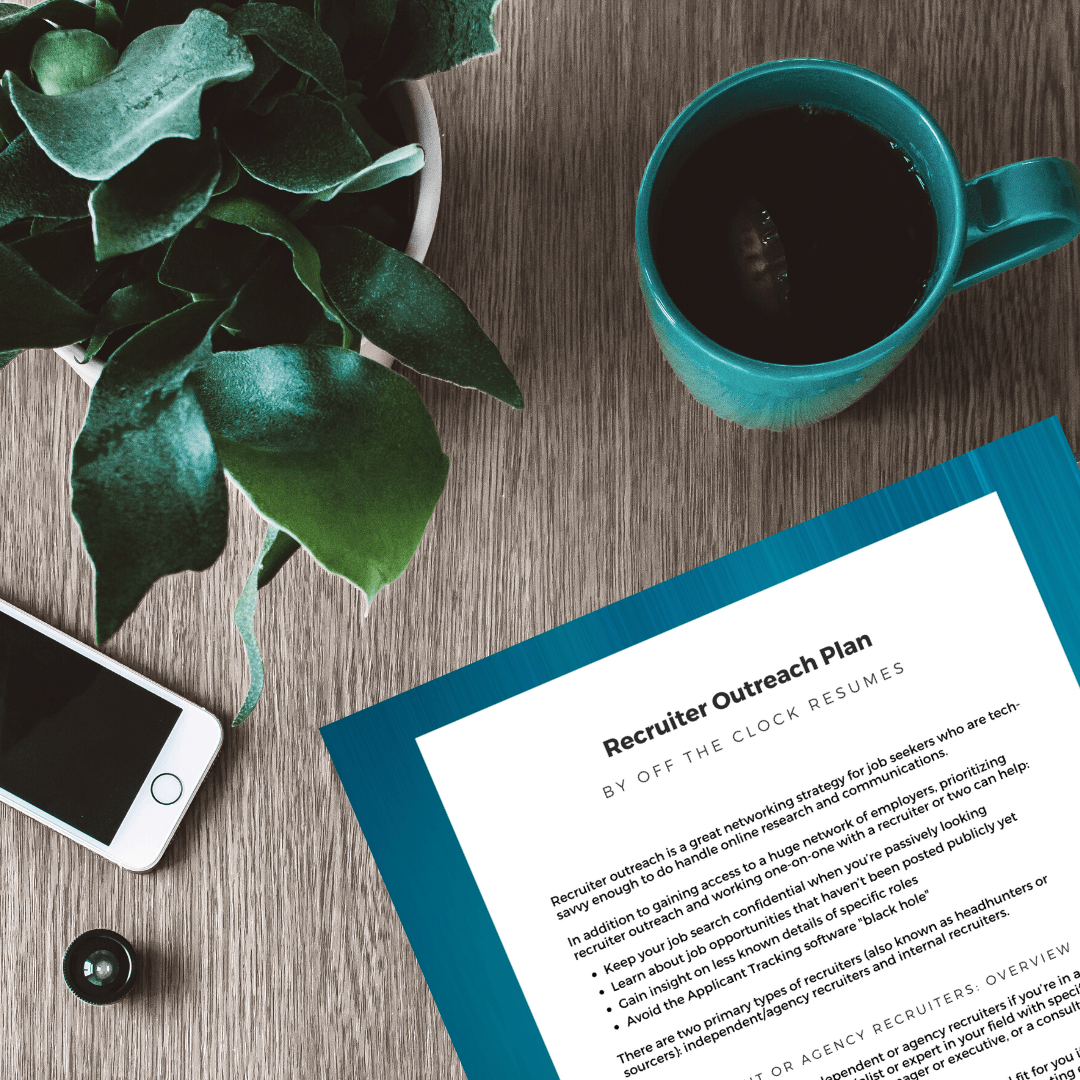
What's The Best Resume Format For A Career Change?
You’re not the only one considering a career change right now!
Whether you’re pursuing a major shift in career fields or a slight pivot into a different industry, the challenge ahead of you is to convey how your skills and abilities will transfer into a new role. You may think you’re pigeonholed in a certain industry, but I don’t believe for a second that you don’t have enough relevant experience to make that career change you’re pursuing.
I’ve helped Sales Associates transition into Insurance Adjuster roles, Travel Agents transition into Customer Success Manager roles, and Manufacturing Team Leads transition into HR Manager roles in big tech companies. The key was reframing their experience in a way that connected the dots for employers that they were the best fit for the role without ever holding that job title before.
For some, that meant organizing their information on their resumes differently than others at their career level to downplay the skills and abilities they didn’t possess. For others, that meant removing the nuances and intricacies of their day-to-day to focus on the “big picture” goals of the role. Let’s explore the different ways that your resume can help you change careers.

This blog contains affiliate links, meaning I may receive a small commission (at no cost to you) if you subscribe or buy something through the links I share. I only share links to products or services that I use myself or absolutely love!
Pros & Cons Of The Most Common Resume Formats
While there may not be a right or wrong way to organize your information on your resume, there are certain resume formats that Applicant Tracking Systems (commonly referred to as ATS) and recruiters or HR professionals prefer.
A functional resume format organizes your information by skills followed by a brief list outlining your work history. In the past, functional resume formats were recommended for those with minimal experience because it emphasizes your skills and downplays your experience. Unfortunately, ATS won’t know what to do with this information when parsing or scanning your resume and organizing your information in its database. Recruiters and HR professionals have also said that these resume formats signal to them immediately that you have something to hide.
A reverse chronological format organizes your information by your dates of employment starting with your most recent job working its way back. Both ATS and hiring professionals love this layout because it clearly demonstrates your career progression and abilities in an easy-to-digest format. This format is more challenging for college graduates, career changers, and those returning to the workforce after a personal leave of absence or unemployment to downplay employment gaps or less relevant experience.
When in doubt, opt for a hybrid resume format. This format combines the best aspects of a functional and reverse chronological resume by filling the top third of a resume’s first page with a Branding Statement and easy-to-skim Skills section before organizing your skills and abilities in detail throughout a reverse-chronological Experience section. A hybrid resume format makes it easier to optimize your resume with keywords that ATS will be looking for and faster for recruiters and HR professionals to identify the top qualifications and skills needed to thrive in the role they’re filling without showcasing work history issues.
Need to nix that outdated Objective Statement or boring Summary? This Branding Statement Cheat Sheet will help you present yourself as the best fit for the job you want
What To Include In A Resume When Changing Careers
So what can you do about those work history issues? First, remember that your resume is a marketing tool and not an autobiography. You have creative freedom to choose which details you include and which you cut to help present you as the best fit for the job that you want. I’m not talking about deceiving employers, but I’m referring to showcasing the details that will help connect the dots for employers.
Start with the big picture. What are the goals of the role you’re pursuing, and how have you met or exceeded similar goals in the past? Reframe your work history around these goals. Next, consider which transferable skills and experiences you can highlight. If you’re pursuing a Customer Success Manager role when you’ve never held that title before, for example, consider how you’ve worked with customers/clients/employees/vendors to solve problems.
You should also fill any employment gaps you can with a brief explanation or recap of how you spent that time productively. Went back to school? Summarize the coursework you took that relates to the role you’re pursuing. Took care of a family member? Summarize the transferable skills you may have utilized for non-work activities during that time.
The key is to share the information that relates the most to the goals of the role and desired skills and abilities of an ideal candidate.
Resume Sections & Details You Can Cut
With a hybrid resume format, you’ll want to add the basic resume sections to make your resume easy to skim: Contact Information, Branding Statement or Resume Summary, Skills, Experience, and Education. You don’t need to add additional sections for Internships, Volunteer Experience, Leadership Experience, etc. when your relevant experience is all over the place. You can combine all of these under an Experience section to show a more consistent timeline.
Your Experience section should help connect the dots for employers that you’re the best fit for the job rather than confuse and make them question why you’re applying for the job at all. This means cutting the details that don’t matter to showcase the details that do. Summarize the typical tasks and responsibilities you held that relate the most to the role you’re now pursuing. Cut the rest to keep your resume relevant.
You can also cut additional college degrees, certifications, and training programs that aren’t necessary for an ideal candidate. Instead, list these on your LinkedIn profile and direct resume reader’s to your profile for this information. For example:
“See LinkedIn profile for additional experience, education, certifications, and training.”
Top Skills To Put On A Resume When Changing Careers
A Resume Summary that turns heads and inspires an interview will demonstrate that you understand and can meet or exceed the goals of the role you’re applying for rather than summarizing your skills and experience. A 4 to 6-line Branding Statement makes sense for mid-career professionals but not for those changing careers. Instead, combining a shorter Branding Statement with a more detailed Skills section has been more effective for those with less related experience.
Here’s an example for a career change from Manufacturing Team Lead to HR Manager:
“Employee and labor relations leader with 7+ years of success in building and strengthening high-performing teams across auto and aerospace manufacturing industries through Human Resource / HR assistance. Mediator and natural problem-solver bridging the gap between HR and employees while maintaining confidentiality. Key skills include:
- Recruiting & Interviewing - Meeting staffing needs and attracting qualified candidates that align with company culture and values by optimizing recruitment and selection processes.
- Employee Onboarding & Training - Driving employee retention by enhancing onboarding materials, recommending training and development opportunities, and developing leaders and cohesive teams.
- Performance Management - Boosting productivity by setting goals, communicating clear expectations, and motivating others through coaching and employee recognition.
- Additional Strengths - Resolving issues equitably by cultivating open-door communication policies, actively listening to employees, recommending solutions, and implementing organizational changes.”
It’s better to showcase 2-3 of the top job-related skills you possess than creating a Skills section with 8-12 skills you can’t back up with examples in your Experience section. Job-related skills are needed to perform the job (Ex. project management, software implementation, and budgeting for an IT Project Manager), whereas transferable skills can be learned from non-work experiences and apply to a wide range of roles (communication, problem-solving, and collaboration for example).
Identify 2-3 job-related skills that you possess for the role you’re applying for. You’ll want to back these up with examples of these skills in action in your Experience section, but let’s take the pressure off hitting every single skill desired for the role. Your Experience section will likely focus more on your transferable skills, so you can summarize these in an “Additional Strengths” bullet under your Skills section.
Optimizing A Career Change Resume For ATS
When changing careers, it’s important to understand how ATS works before applying for jobs online. Applicant Tracking Systems collect resumes and applications, then narrow down applicants to the most qualified candidates based on keywords found in their resumes or applications that match the job posting. Some ATS will rank applicants automatically, others will function as a searchable database where applicants can be narrowed down by keyword searches and sort or filter settings.
The most important keywords to include in your resume are the position tile, top qualifications (like a bachelor’s degree or certification), and the top job-related skills. Remember, these are the skills needed to perform the job. Adding the position title as your Resume Title above your Branding Statement shows that you targeted the resume for that job (earning you bonus points with the recruiter or HR!) and optimizes your resume for ATS when you’ve never held that job title before. Qualifications are straightforward--you either have them or you don’t!
Combining your Branding Statement with a more detailed Skills section as discussed above will also make it easier for you to optimize your resume for ATS. You can adjust the goals of the role you address, swap out the top 2-3 job-related skills as needed, and integrate new keywords in the detailed descriptions of those skills that you can back up in your Experience section.
Spend a few minutes replacing keywords in your Experience section to better align the terminology with the job posting. You may need to rework job summaries and achievements to boost your Experience’s relevance, but this shouldn’t be time-consuming if you’re targeting similar roles. If you’re pursuing multiple new career opportunities, having a “broadly targeted” master resume for each direction can speed this process up for you.
Conclusion
There’s a common misconception that you need to “check every box” when it comes to applying for a job which stops career changers in their tracks. A job posting is simply a wish list, and hiring professionals expect some level of on-the-job training will be necessary. Job seekers are transitioning into new careers, and it’s certainly possible for you too. To present yourself as the best fit for the job, you need to help connect the dots for employers by focusing on how you’ve achieved similar goals for past employers while downplaying the skills and abilities you don’t have.
Related Articles
-
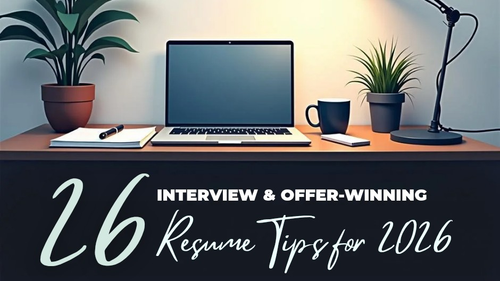
26 Interview and Offer-winning Resume Tips for 2026 and Beyond
Upgrade your resume for 2026 with tips that work from design to keywords and strategies that get interviews. Discover what to fix now and stand out fast!
-

The Perfect Resume Length: One Page, Two Pages, or More?
Confused about the ideal resume length? Discover when to use 1, 2, or even 3+ pages plus get tips to highlight your value and land more interviews.
-
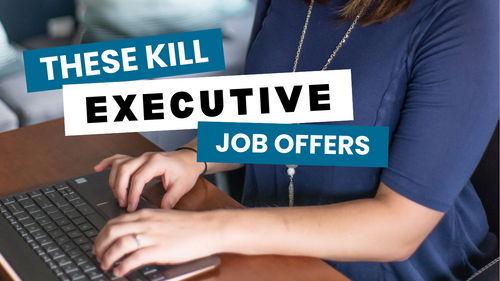
The Harsh Truths About Executive Resumes: What Not to Do
Avoid the most common executive resume mistakes that cost you interviews. Discover actionable resume tips to stand out and land C-level roles.
-

Resume Skills That Get You Hired: What To Include (And What To Skip!)
Discover the top resume skills employers want to see on your resume in 2025. Read or watch to learn how to showcase them to stand out and land more interviews.
-
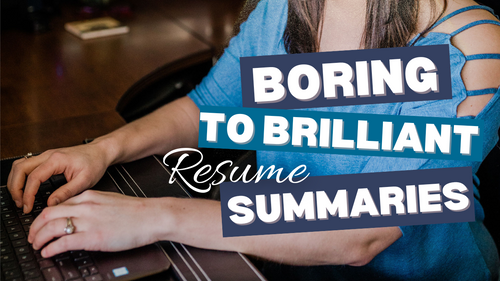
How To Transform Your Resume Summary From Boring To Brilliant
Transform your resume summary from generic to job-winning! Learn how to write a standout branding statement that grabs attention and lands interviews.
-

Career Transitions: Navigating Your Path to Success in Healthcare and Beyond
Guest blogger Sadie Smith shares how to leverage your existing skills and experience while pursuing new career opportunities in healthcare and other industries.
-

The Best Resume Tips for Recent Law School Graduates
Guest contributor Luke Bell shares practical resume tips to help recent law school graduates make a lasting impression on potential employers.
-

What Employers Look For In A Resume Skills Section
Learn which key components of an effective Skills section can indicate to resume screening software and the recruiters behind it which skills are your most recent, relevant, functional job-related skills.
-
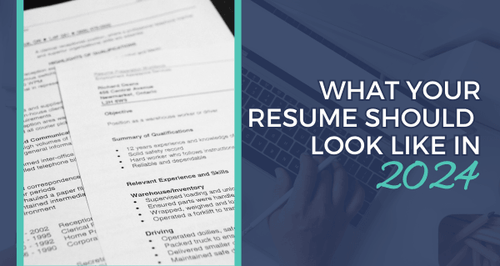
What Your Resume Should Look Like In 2024
This comprehensive resume guide shares what the most common resume sections are and what your resume should look like in 2024.
-
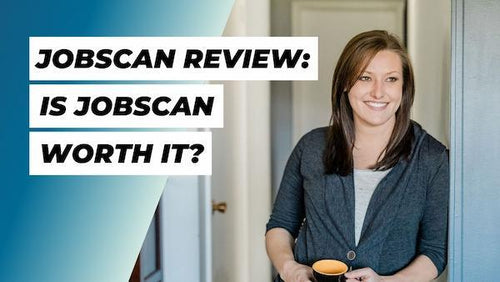
Is Jobscan Worth It? Jobscan Review (2024 Update)
Have you heard of Jobscan? Learn more about this keyword analysis tool for job seekers, what it costs, and what Certified Resume Writers both love and hate about it in this in-depth product review.
-

How To Explore Careers With Assessment Tools
Career assessments are emerging as practical tools that provide a systematic framework for professionals undergoing career transitions.
-

How To Showcase Transferable Skills And Your Value For A Career Transition
Recognizing the significance of transferable skills is key to successfully showcasing one's potential in the face of change.
-

How To Showcase Achievements In Your Cover Letter
Learn how to turn your accomplishments into a compelling personal narrative that showcases the results an employer can expect from you.
-
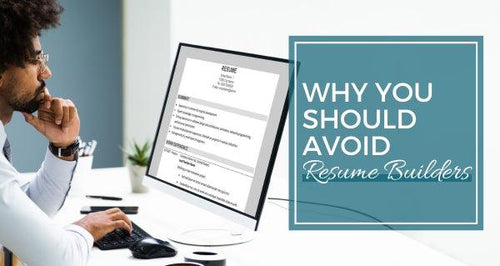
Why You Should Avoid Resume Builders
Online resume builders are an enticing resume resource, but as a Certified Resume Writer who has tried them out, I recommend avoiding them.
-

ChatGPT Review: Resume Writing Edition
How useful is ChatGPT in crafting a resume that lands interviews and job offers? This review by a Certified Resume Writer isn’t what you’d expect.
